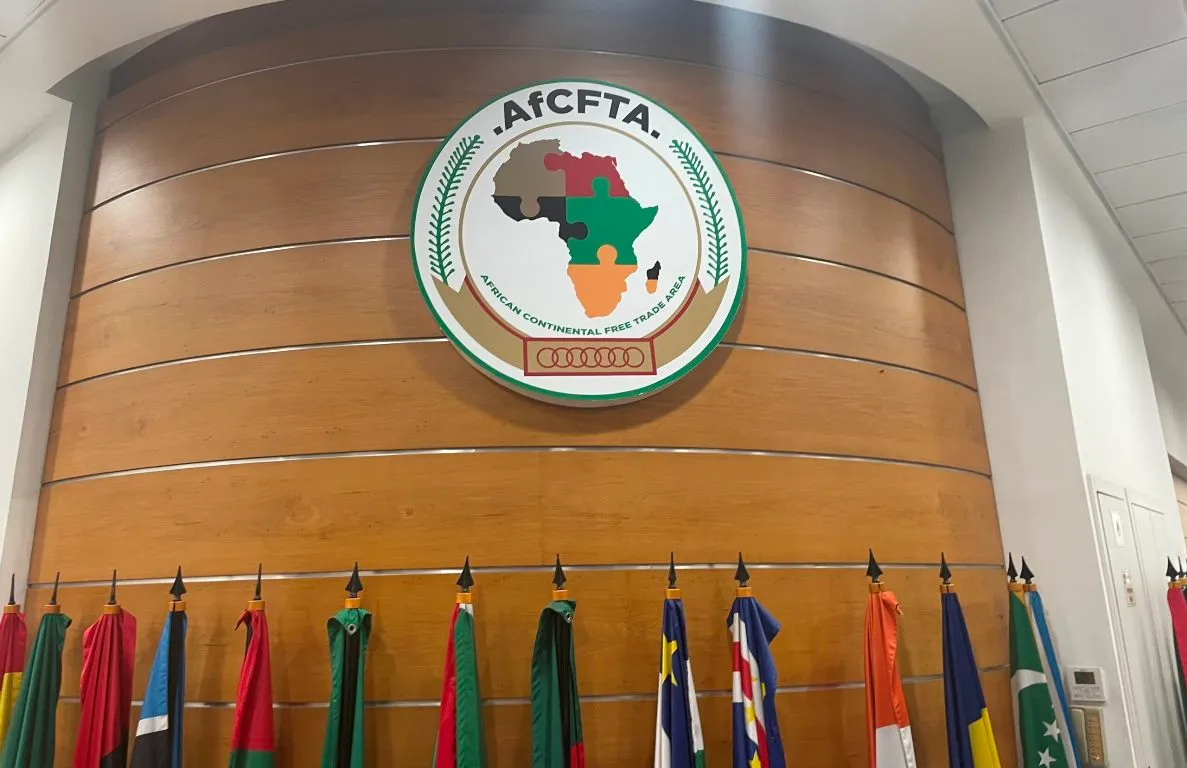The Vice President of Dangote Industries Limited, Mr. Devakumar Edwin, has revealed that government policies was responsible for the company’s decision to abandon plans for a 1,200km subsea gas pipeline project intended to transport gas from the sea to the shore.
This was disclosed by Edwin during a discussion on X organized by Nairametrics.
He explained that the company initially planned to process gas for local companies and businesses.
However, government policies at the time posed significant obstacles.
Specifically, regulations prevented a single entity from controlling the upstream, midstream, and downstream sectors.
Additionally, the government’s policy of owning all gas pipelines in the country, irrespective of who constructed them, further impeded the project’s execution.
He said, “Nigeria has a lot of gas which is trapped in the sea because there is no way to bring it to the shore. We wanted to invest in a network of 1,200km of subsea gas pipeline to bring the gas to the shore and our idea was not to export as NLNG because there is absolutely no difference between exporting the crude or the gas because it is raw material which you can produce a range of petrochemical materials from.
“The gas pipeline was supposed to bring in 2 billion scf of gas. We did a one-year study by hiring two ships to identify the route through which we lay the subsea gas pipeline so that the gas can be collected and evacuated. But then, the government’s policy was that there can be one player upstream, midstream and downstream. We were trying to find a solution to that then the government said all gas pipelines once you build it, you’ll had it over to the Nigeria Gas company. So that this how the project was abandoned.”
The Vice President further noted the company’s had plans in upstream oil production but has invested up to $23 billion in the refinery and fertiliser plant.
Nigeria, which holds Africa’s largest natural gas reserves exceeding 200 trillion cubic feet, continues to flare gas from its oil fields due to insufficient processing infrastructure and capital constraints.











